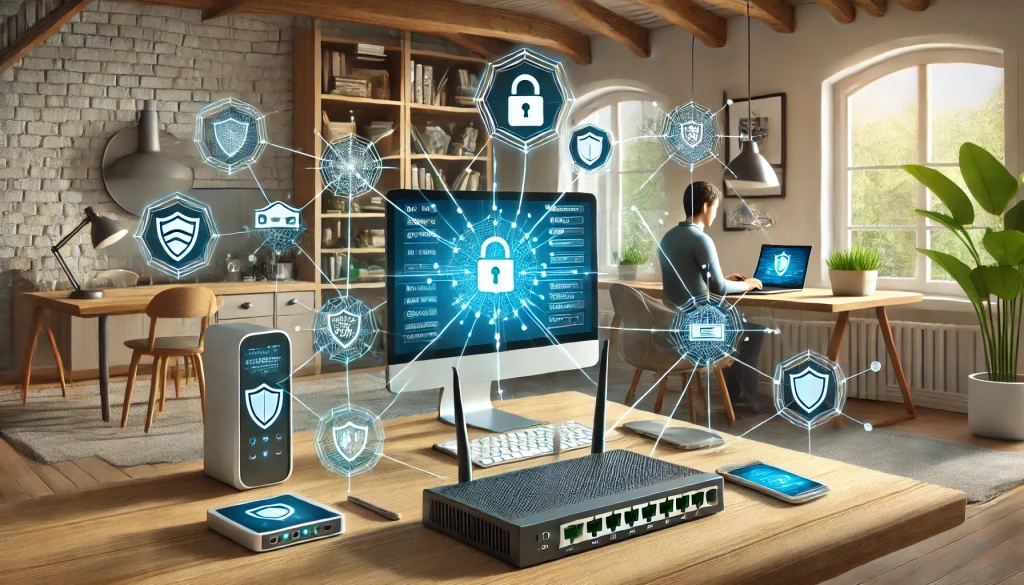As more people work remotely and set up home offices, it becomes increasingly important to prioritize the security of your home office network. Securing your network not only protects your sensitive data but also ensures the confidentiality, integrity, and availability of your online activities. This article provides essential tips and best practices to help you secure your home office network effectively.
1. Change the Default Router Password
Most routers come with default passwords that are widely known and easily exploitable by hackers. Changing the default password to a strong and unique one is the first step in securing your home office network. Use a combination of letters, numbers, and special characters for a robust password.
2. Update Router Firmware Regularly
Manufacturers release firmware updates to address security vulnerabilities and improve performance. Regularly check for updates on your router’s manufacturer website and install the latest firmware to ensure you have the latest security patches and features.
3. Enable Network Encryption
Enable network encryption protocols, such as WPA2 or WPA3, to encrypt the data transmitted over your wireless network. This prevents unauthorized access to your network and protects your sensitive information from eavesdropping.
4. Set Up a Guest Network
If you have visitors or need to provide temporary network access to others, it’s advisable to set up a separate guest network. This network should have limited access rights and be isolated from your main network to prevent potential unauthorized access to your devices and data.
5. Use Strong Wi-Fi Passwords
Ensure that your Wi-Fi network password is strong and not easily guessable. A strong password should be long, include a mix of characters, and avoid personal information. Regularly change your Wi-Fi password to enhance security.
6. Enable Network Firewalls
Activate the built-in firewall on your router to add an extra layer of security. Firewalls monitor incoming and outgoing network traffic, blocking unauthorized access and potential threats.
7. Disable Remote Management
Disable remote management features on your router unless absolutely necessary. Remote management can provide an entry point for attackers to gain control over your network. If you need to access your router remotely, enable it temporarily and use a secure method, such as a virtual private network (VPN).
8. Use Secure VPN Connections
When accessing sensitive data or connecting to your workplace’s network from your home office, use a secure virtual private network (VPN) connection. A VPN encrypts your internet traffic, ensuring privacy and data protection.
9. Keep Devices and Software Updated
Regularly update the operating systems, antivirus software, and applications on all your devices. Updates often include security patches that address known vulnerabilities, keeping your devices protected against the latest threats.
10. Secure Your Physical Devices
Physical security is as important as digital security. Protect your devices from theft or unauthorized access by securing them with strong passwords, enabling biometric authentication if available, and keeping them in a safe and locked location when not in use.
11. Educate Yourself and Your Family
Foster a culture of security awareness in your home office by educating yourself and your family members about online security best practices. Teach them about the risks of phishing, malware, and social engineering attacks, and how to recognize and avoid them.
Conclusion
Securing your home office network is crucial for protecting your sensitive data, maintaining privacy, and ensuring a safe working environment. By following these essential tips and best practices, you can significantly enhance the security of your home office network and minimize the risk of cyber threats. Remember to stay vigilant, keep your devices and software updated, and regularly review and strengthen your security measures to adapt to evolving threats in the digital landscape.


